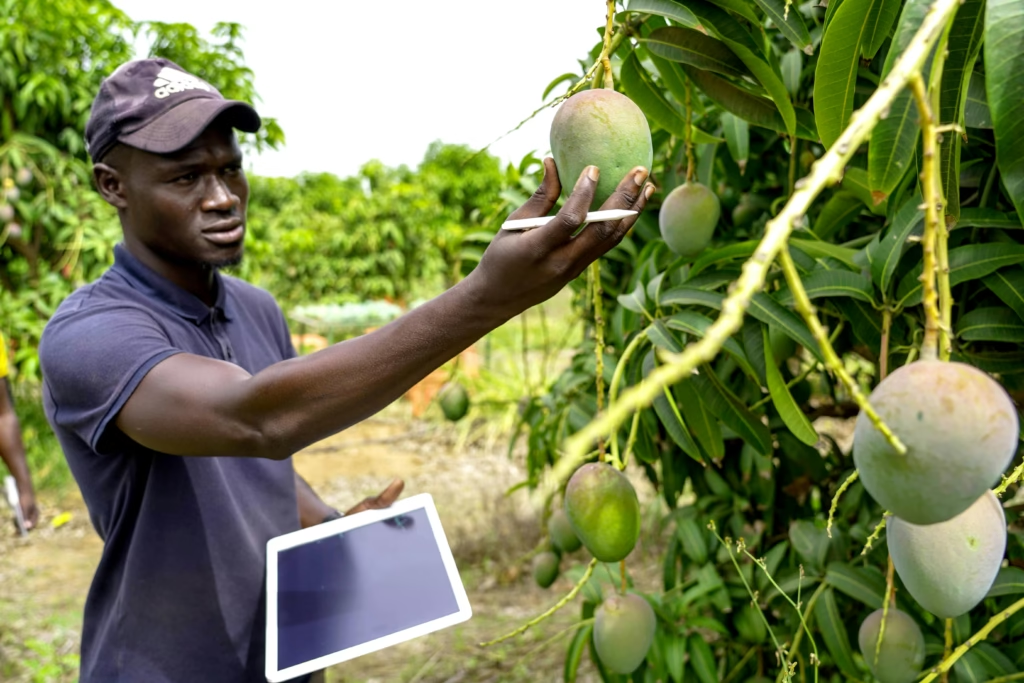
In the global agri-business landscape, trust is paramount. As consumers become more conscious of the origins of their food, and international markets demand higher standards, transparency has emerged as a critical factor in building and maintaining trust. Particularly in agriculture export, transparency isn’t just a buzzword—it’s a necessity. This article delves into how transparency in agriculture export fosters trust among stakeholders and strengthens the agri-business sector.
The Importance of Transparency in Agriculture Export
Transparency in agriculture export refers to the clear, accurate, and accessible sharing of information throughout the agricultural supply chain. This includes details about farming practices, sourcing, processing, and distribution. When exporters provide transparent information, they enable buyers, regulators, and consumers to make informed decisions, thereby building trust.
In today’s interconnected world, where food products cross multiple borders before reaching consumers, transparency ensures that all parties are aware of the product’s journey. This openness is crucial for meeting international standards, complying with regulations, and satisfying consumer expectations.
Building Trust Through Transparent Practices
- Traceability Systems: Implementing traceability systems allows exporters to track products from farm to fork. By documenting each step of the supply chain, exporters can provide verifiable information about the product’s origin, handling, and processing. This level of detail is essential for transparency in agriculture export and reassures buyers about product integrity.
- Certifications and Standards: Adhering to international certifications, such as GlobalG.A.P., Organic, or Fair Trade, demonstrates a commitment to quality and ethical practices. Displaying these certifications transparently on products and marketing materials signals to consumers and partners that the exporter meets recognized standards.
- Open Communication: Maintaining open lines of communication with stakeholders, including farmers, suppliers, and customers, fosters a culture of transparency. Regular updates, reports, and feedback mechanisms ensure that all parties are informed and engaged, further building trust.
- Digital Platforms: Utilizing digital tools and platforms to share information about products and practices enhances transparency. Websites, QR codes, and mobile applications can provide instant access to detailed product information, certifications, and supply chain data.
Benefits of Transparency in Agriculture Export
- Market Access: Transparent practices align with international market requirements, facilitating easier access to global markets. Countries and companies that prioritize transparency are often preferred partners in trade agreements and collaborations.
- Consumer Confidence: When consumers have access to information about where and how their food is produced, their confidence in the product increases. This trust can lead to brand loyalty and repeat business.
- Risk Mitigation: Transparency helps identify and address issues promptly, reducing the risk of food safety incidents, recalls, and reputational damage. By proactively sharing information, exporters can manage crises more effectively.
- Sustainable Practices: Transparency encourages sustainable agricultural practices by holding all stakeholders accountable. When practices are visible, there is greater incentive to adopt environmentally friendly and socially responsible methods.
Challenges to Achieving Transparency
While the benefits are clear, achieving transparency in agriculture export comes with challenges:
- Infrastructure Limitations: In some regions, limited access to technology and infrastructure can hinder the implementation of traceability systems and digital platforms.
- Cost Implications: Establishing and maintaining transparent systems can be costly, particularly for small and medium-sized enterprises. Investments in technology, training, and certification processes require financial resources.
- Data Management: Collecting, managing, and sharing large volumes of data necessitates robust systems and skilled personnel. Ensuring data accuracy and security is also a critical concern.
Strategies for Enhancing Transparency
To overcome these challenges and enhance transparency in agriculture export, stakeholders can consider the following strategies:
- Capacity Building: Investing in training and education for farmers and supply chain partners ensures that everyone understands the importance of transparency and how to implement it effectively.
- Public-Private Partnerships: Collaborations between governments, private companies, and non-governmental organizations can provide the necessary resources and support to develop transparent systems.
- Technology Adoption: Embracing affordable and scalable technologies, such as blockchain and mobile applications, can streamline data collection and sharing processes.
- Policy Development: Governments can play a pivotal role by developing policies and regulations that promote transparency, including incentives for compliant exporters.
The Future of Transparency in Agriculture Export
As global demand for ethical and sustainable food products grows, transparency will continue to be a defining factor in agriculture export. Exporters who prioritize transparency will not only meet regulatory requirements but also differentiate themselves in competitive markets.
Innovations in technology, such as blockchain and Internet of Things (IoT) devices, are set to revolutionize transparency by providing real-time, tamper-proof data across the supply chain. These advancements will further enhance trust among consumers and trading partners.
Moreover, consumer advocacy and awareness campaigns will likely increase pressure on exporters to adopt transparent practices. Companies that fail to adapt may face reputational risks and loss of market share.
Conclusion
Building trust in agri-business through transparency is not just beneficial—it’s essential. Transparency in agriculture export fosters confidence among consumers, meets international standards, and promotes sustainable practices. While challenges exist, strategic investments in technology, education, and partnerships can pave the way for a more transparent and trustworthy agricultural sector.
A prime example of this is Ahar Group, a leading agri-business that champions transparency across its operations. By working closely with farmers across Africa and leveraging traceability systems, Ahar ensures that every product exported meets global expectations for quality, ethics, and accountability. Their model shows how transparency in agriculture export can directly lead to stronger relationships with buyers and lasting success in international markets.
By embracing transparency, exporters like Ahar position themselves as reliable partners in the global food system, ensuring long-term growth while contributing to a more sustainable and equitable world.











Add comment